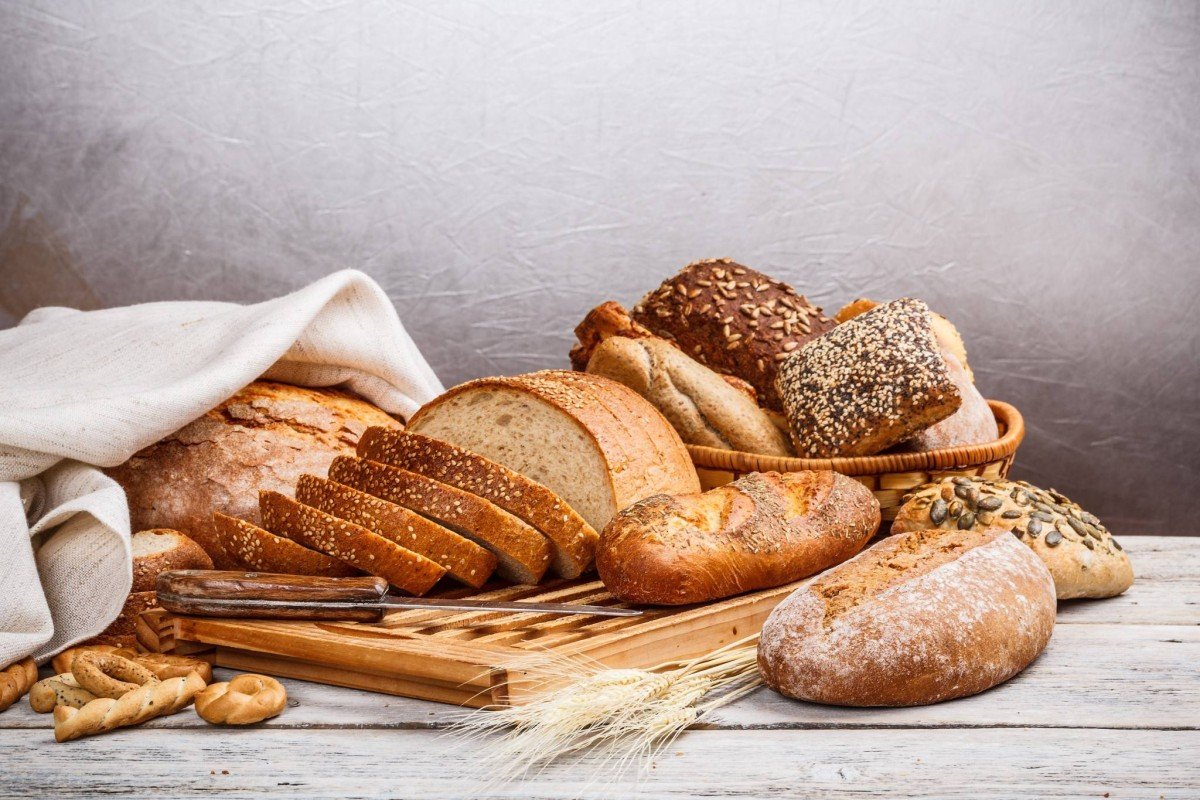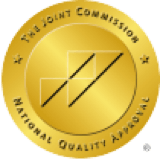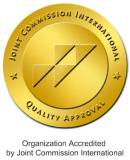
In cultures around the world, bread often holds a significant place as one of the most commonly consumed staple foods. For many elderly individuals in Hong Kong, eating bread is considered a "lifeblood", something they can't do without!
However, in the world of individuals with swallowing difficulties, bread is a food that requires caution. To help patients enjoy their meals while avoiding the risk of aspiration, patients/ caregivers/ healthcare professionals must carefully analyze the risks of consuming bread from a scientific perspective.
.jpg)
According to the International Dysphagia Diet Standardisation Initiative (IDDSI), with over 40 years of research, bread falls under IDDSI Level 7 (Regular). IDDSI identifies bread as one of the foods most likely to cause choking. In reality, bread and sandwiches require sufficient chewing and biting ability. While bread may appear soft, its fibrous nature makes it difficult to break down into small, safe boluses (less than 4mm). Research has found that the chewing effort and endurance needed to safely consume bread are comparable to that required for hard peanuts. Therefore, individuals with swallowing difficulties, whether mild or severe, should carefully assess their own risk before eating bread to ensure both safety and enjoyment. Particular attention should be paid to the following:
- If a patient tires easily or struggles with chewing, they may not be suitable for unrestricted bread consumption.
- If a patient frequently experiences dry mouth (lack of saliva), eating bread may pose a safety risk.
.jpg)
How Difficult Is It to Chew Bread?
Research indicates that when consuming bread, an average person needs approximately 30 chews per bite to adequately break it down and mix it with saliva. For individuals with swallowing difficulties, the required number of chews and the effort involved are significantly greater and more challenging. The risk of eating bread varies for each person with dysphagia, so if there are any concerns, it is essential to seek professional advice from a speech therapist or doctor.
Common Misconception #1:
Bread is soft and thin, why is it considered difficult to swallow?
Although bread may appear or feel soft, its fibrous composition makes it resistant to thorough chewing. Typically, we need to use a knife or our hands to press and break it apart. This is why bread is classified as IDDSI Level 7 (Regular) rather than IDDSI Levels 3-6 (modified textures).
Common Misconception #2:
Is toast easier to swallow?
Spreading butter on warm toast may soften the bread's fibers temporarily. However, once the toast cools to room temperature, its texture often becomes even tougher, making it more difficult to chew and swallow than regular bread. Therefore, patients must pay close attention to the bread's condition and texture before eating to ensure safety.
Conclusion:
To enjoy bread safely, individuals with swallowing difficulties should first consult a speech therapist for a comprehensive swallowing assessment (particularly evaluating chewing ability, tongue function, and swallowing muscle coordination etc). This ensures a precise understanding of the risks associated with different types of bread, allowing for safer and more confident meals.



















